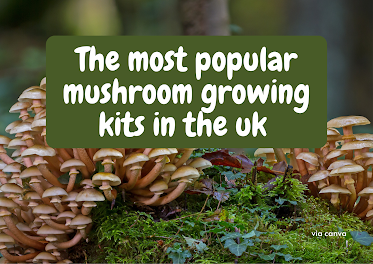 |
Photo by Avery Thomas
|
I live in Essex and my garden is full of clay soil. In the summer it cracks and dries out plant roots, and in the wet months, it floods and drowns other plants. How do I fix this? And how can you improve your soil? Read on for more.
 |
Photo by GardenersPath
|
What is clay soil?Clay soil is simply soil that has at least 30% of clay. It will feel sticky when wet, be dense and heavy, and if there is lots of clay, you could be able to roll it into a ball!
 |
Photo by Francesco Gallarotti
|
Pros and cons of having clay soilPros:
- Retains water well
- More nutrient rich than other soil types
- Suitable for many plants
Cons:
- Slow draining
- Compacts easily
- Tends to be alkaline
 |
| Photos by Jonnelle Yankovich, Connor Moyle |
What plants survive in clay soil?Plants that prefer wetter conditions, lots of nutrients, and have deep taproots grow well in clay soil. Here is a small list of different plants you can grow:
- Flowers: Rose, Elephant’s Ears, Geranium, Rose of Sharon, Lesser Periwinkle
- Trees: Japanese Maple, Birch, Hawthorn, Crabapple, Weeping Pear, Eucalyptus, Sweet Gum.
- Shrubs and bushes: Euonymus, Checkerberry, Juniper, Viburnum, Butterfly Bush, Hydrangea, Mahonia
 |
Photo by Edward Howell |
How do I fix (amend) clay soil?In short, you will need to add more grit, organic material, and add organic mulches.
- Add more grit into clay soil - horticultural grit (or substitutes like) can break up the clay
TIP: do not add sand as this can result in a concrete-like soil with the clay.
- Mix in organic material - any organic material will work; compost, manure, grass clippings, ect. Mix into the top 6 inches to see great improvement. As the material decomposes, it will continue to improve the soil and the microorganisms that live in the soil!
- Add organic mulch on top of the soil - maintaining the amount of organic material each year is key to avoid having to start all over again. Over the winter, the mulch will decompose and leave you with less to mix in the following year.
- Plant cover crops - cover crops will drop a lot of their own organic matter and microorganisms into the soil, doing part of the work for you!
Hope this is helpful for your heavy clay soil, let me know what you think!
----> Thank you for taking the time to read my blog, Nate.







Comments
Post a Comment